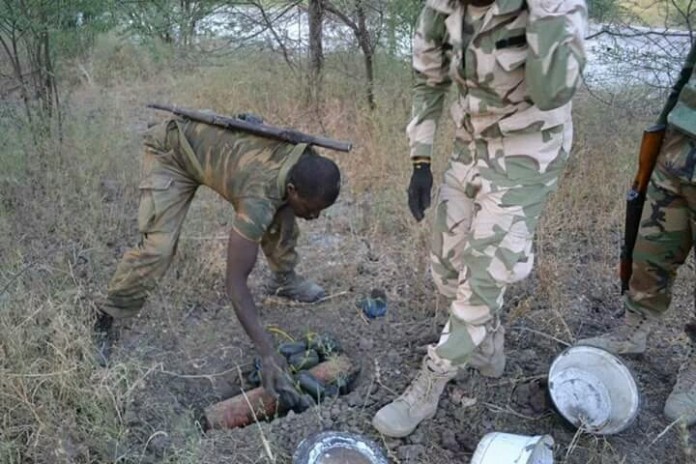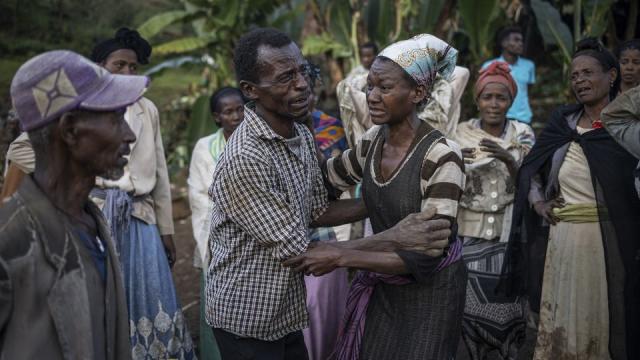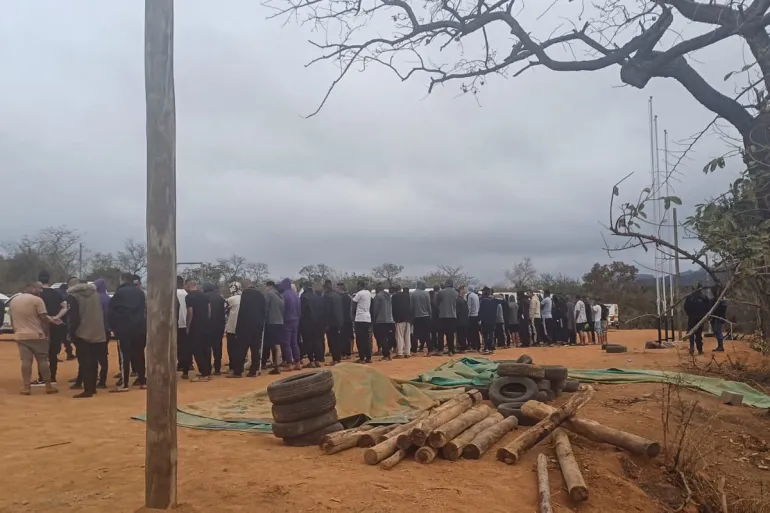
Eight percent of the population of the Libyan city of Derna have been killed or gone missing in the floods, with a quarter of its neighbourhoods wiped off the map.
This unprecedented rate of devastation has not been seen in North Africa, the Arab world, or even globally in the 21st century.
This figure highlights the magnitude of the disaster in Derna (1350 km east of Tripoli), surpassing the tragedy of the Bab El Oued floods in Algeria in 2001, which was the worst in Maghreb region since the beginning of the 21st century. It even surpasses the 2013 floods in India, where thousands died.
Storm Daniel, which struck eastern Libya on September 10th, resulted in the deaths of at least 6,000 people and the disappearance of about 10,000 others in a city with a population of around 200,000. Over 36,000 people have been displaced, according to preliminary official figures.
These numbers reveal the scale of the humanitarian catastrophe that has affected the people of Derna.
20 times worse than Algeria floods
The floods in Derna are 20 times worse than the Bab El Oued floods in the Algerian capital in 2001, which resulted in the deaths of around 800 people in a city with a population of approximately 4 million.
These floods are described as the biggest disaster in the Maghreb region due to flooding, but it can hardly be compared to the scale of the catastrophe in Derna.
Even though Algerians still remember the Bab El Oued floods with a lot of sorrow and grief, and supporters of football teams in the capital often chant “Bab El Oued, the martyrs,” the number of deaths and missing persons in Derna is equivalent to 20 times the fatalities in the Bab El Oued floods, even though the population of the Algerian capital is about 20 times that of Derna.
These numbers provide a close-up view of the magnitude of the catastrophe in Derna, which is difficult for many to imagine or comprehend.
The worst in the 21st century
In 2013, a flood hit Uttarakhand state in northern India that killed 5,700 people, which is slightly less than the initial death toll from the Derna flood.
In contrast, the population of Uttarakhand at that time exceeded 10 million people, which is 50 times the population of Derna, reflecting the scale of the tragedy in the “small” Libyan city.
As for the famous floods in Pakistan in 2022, which left 1,128 dead, it is certainly not comparable in terms of the death toll to Derna, despite the significant destruction they caused to the country’s infrastructure and economy. The same goes for the floods in 2010 in Pakistan, which also left 1,600 dead.
By tracking the worst floods in terms of death toll in the 21st century and comparing it to the population ratio, there is no worse flood than the one in Derna, even though the death toll is still preliminary and is likely to increase given the large number of missing persons and the injured.
The Yangtze River flood in China in 1931 remains the worst in history, with a death toll ranging from 2 to 4 million people directly or indirectly. The flood occurred when the waters of the Yangtze River, the third-largest river in the world, overflowed, submerging rice fields and causing famine and epidemics due to the spread and decomposition of bodies during the months following the flood.
Therefore, Derna needs local and international assistance for post-flood recovery, including the retrieval and burial of bodies to prevent the spread of diseases, in addition to providing food, shelter, and medical care for the injured and displaced.




